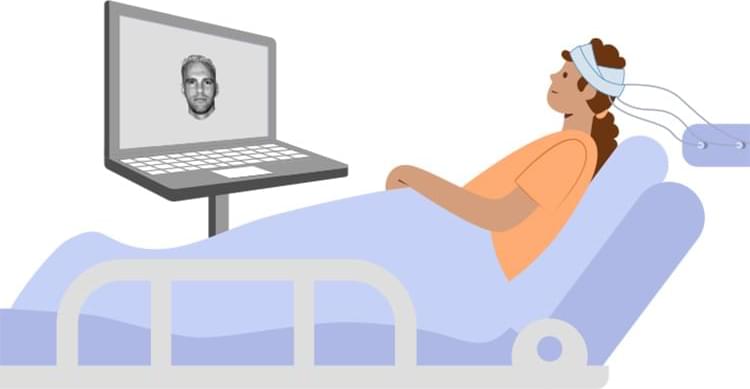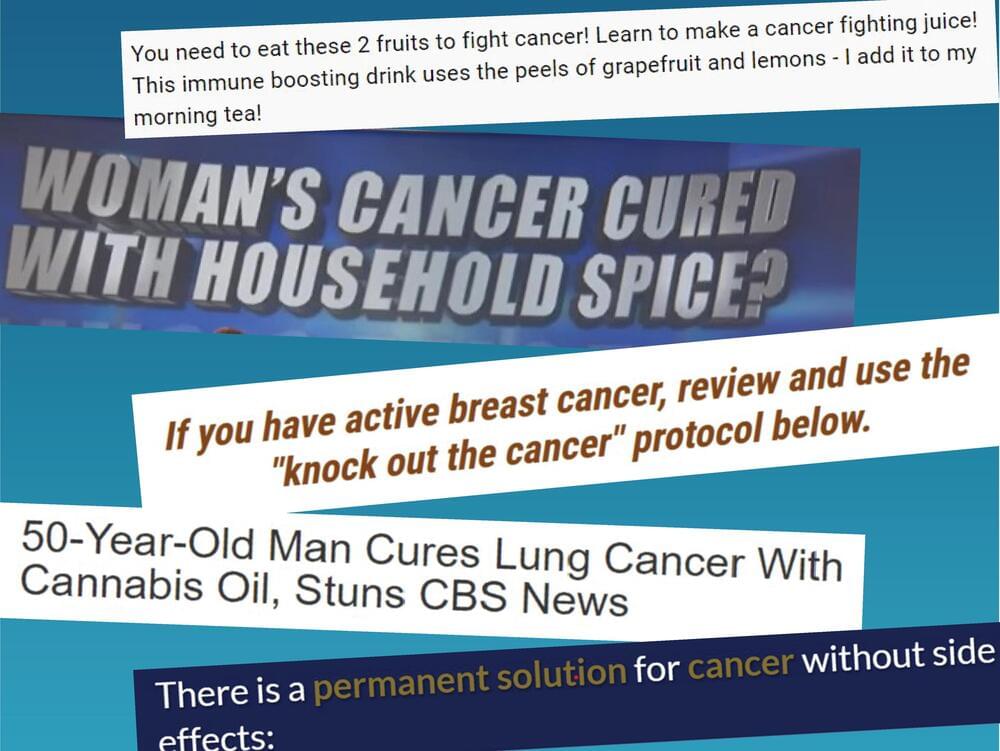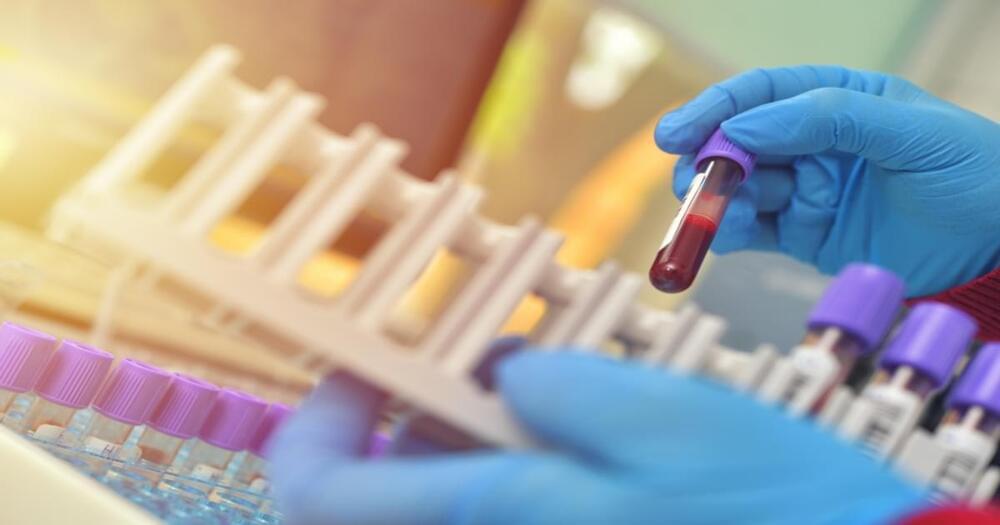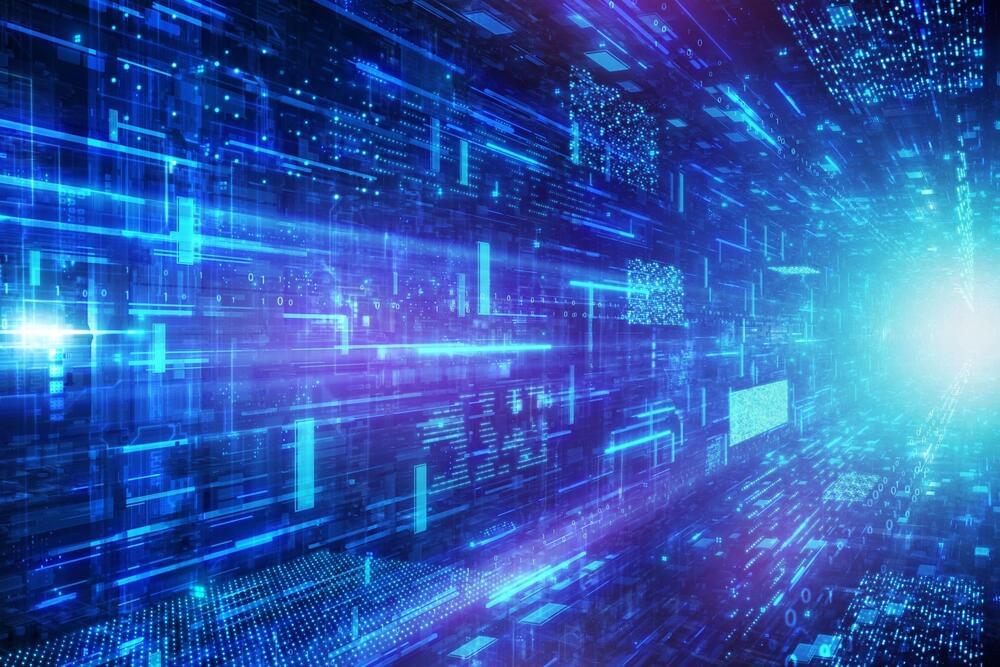In a first-of-its-kind clinical trial, bioelectronic medicine researchers, engineers and surgeons at Northwell Health’s The Feinstein Institutes for Medical Research have successfully implanted microchips into the brain of a man living with paralysis, and have developed artificial intelligence (AI) algorithms to re-link his brain to his body and spinal cord.
This double neural bypass forms an electronic bridge that allows information to flow once again between the man’s paralyzed body and brain to restore movement and sensations in his hand with lasting gains in his arm and wrist outside of the laboratory. The research team unveiled the trial participant’s groundbreaking progress four months after a 15-hour open-brain surgery that took place on March 9 at North Shore University Hospital (NSUH).
“This is the first time the brain, body and spinal cord have been linked together electronically in a paralyzed human to restore lasting movement and sensation,” said Chad Bouton, professor in the Institute of Bioelectronic Medicine at the Feinstein Institutes, vice president of advanced engineering at Northwell Health, developer of the technology and principal investigator of the clinical trial.







